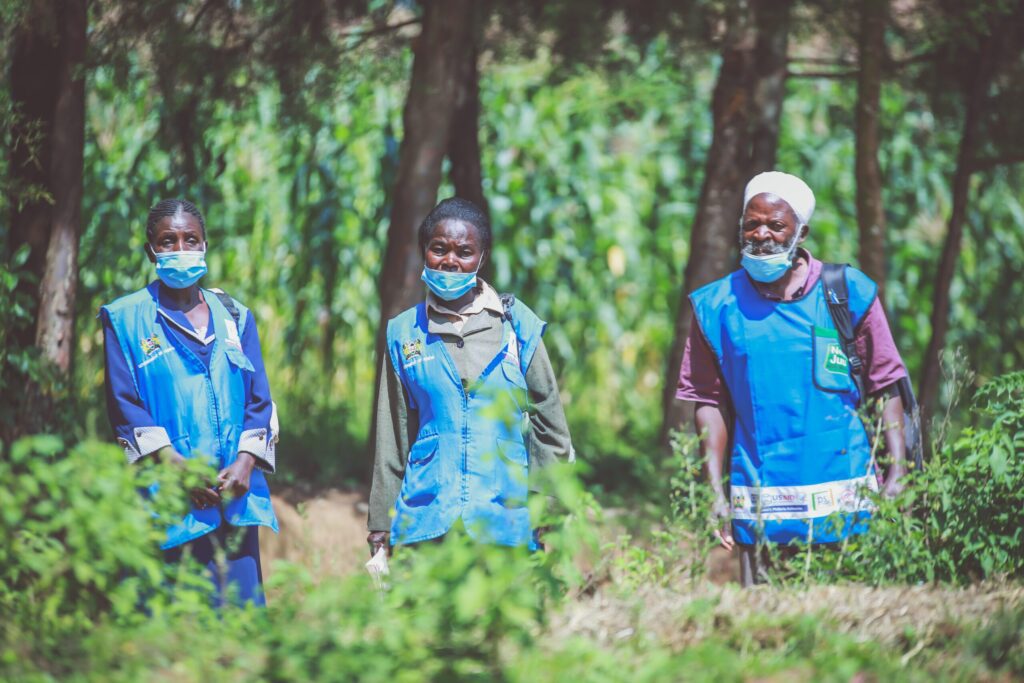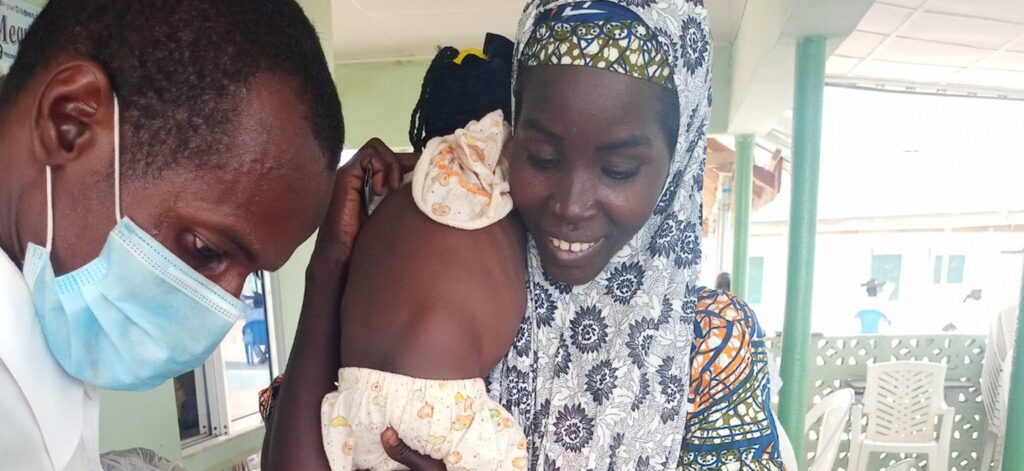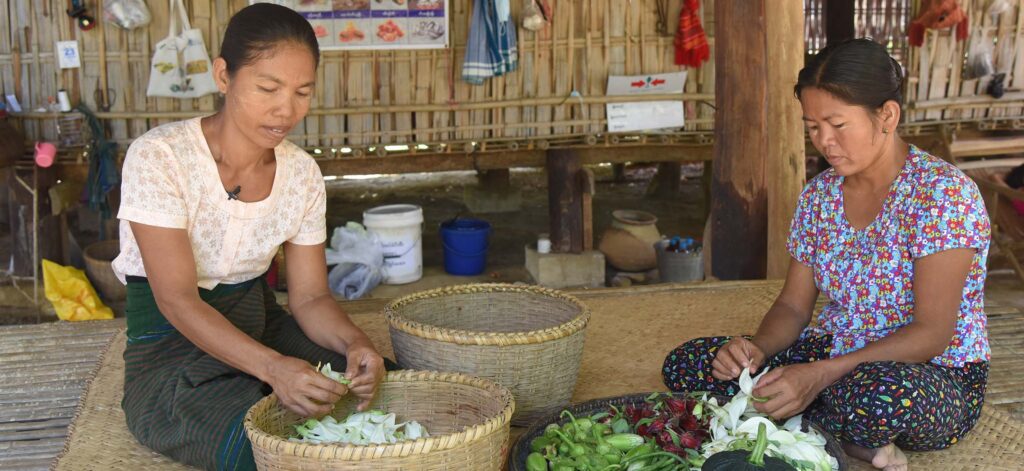Preventing and Treating Malnutrition
Every 11 seconds a child dies of malnutrition and a lifetime of potential is lost.
Hunger is the greatest threat to a child’s life. Today, as many as 720 million people go to bed hungry every night, obliterating the progress made globally since the early 2000’s, thanks to the ongoing impact of COVID-19, climate crises, and conflicts in Ukraine and around the world. Combined, they make food unaffordable and nutritious food unattainable for far too many families. Children are at greatest risk – their growing bodies deprived of the nutrition they so desperately need to develop, grow, and thrive.
The first 1,000 days are critical
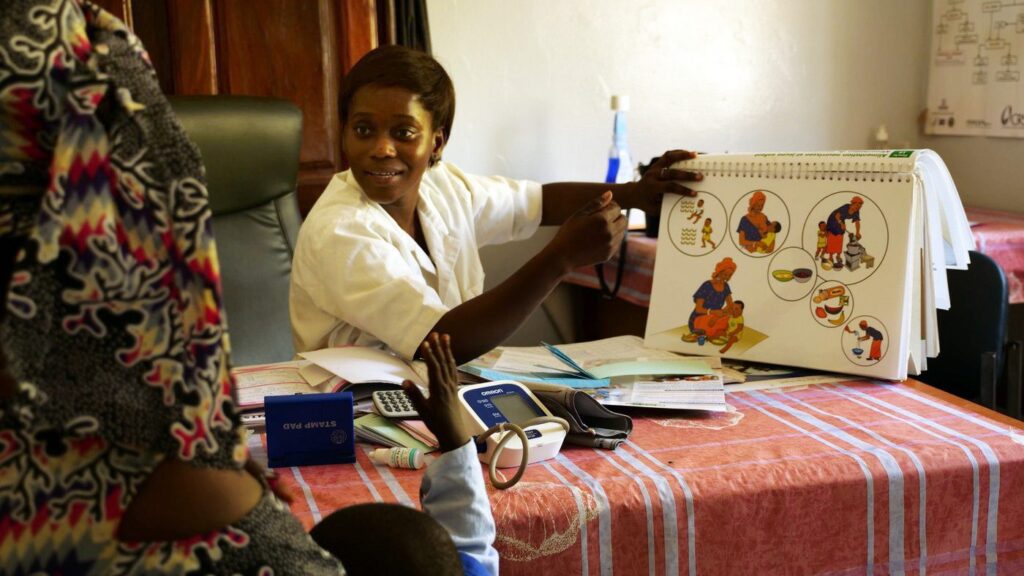
The 1,000-day window between the start of pregnancy and a child’s second birthday is a critical period of rapid physical development. Most healthy babies double their birth weight by five to six months and triple as they approach their first birthday. It is also a time of critical brain development — with over a million new neural connections established every second. If an expectant mother or newborn goes without adequate nutrition at this crucial stage, the child may experience irreversible damage to their brains and bodies, limiting their ability to develop, grow, learn, and eventually limiting their ability to earn a living and rise out of poverty.
Luckily there are simple, proven, cost-effective solutions that can prevent malnutrition and bring a child back from the brink.
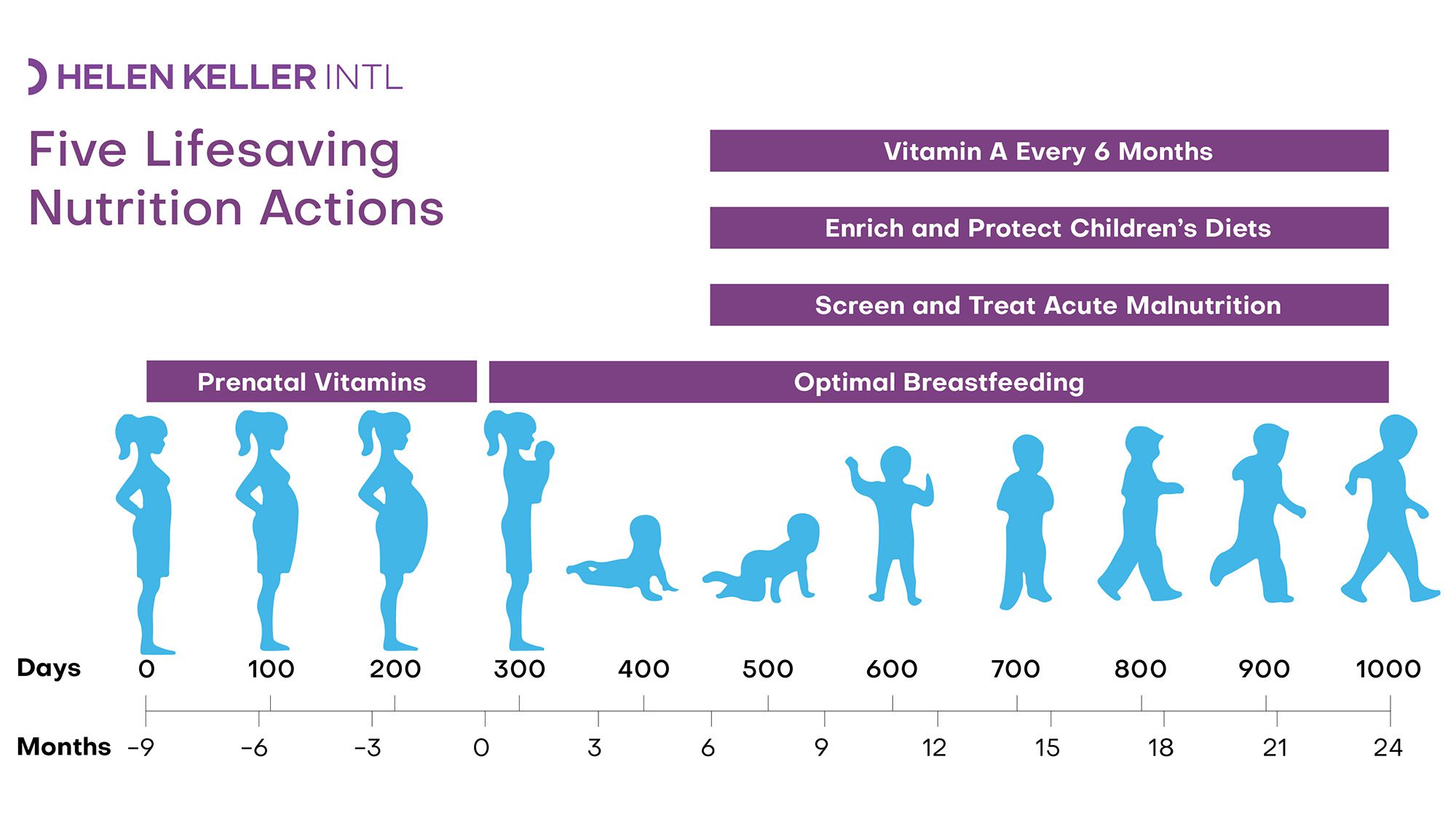
- Protect pregnant mothers by ensuring they get the right mix of prenatal vitamins and minerals to keep themselves and their fetuses healthy.
- Support mothers to exclusively breastfeed her child for the first six months of their life, nutrition tailored by her body to meet all the infant’s needs while also building his immune system.
- Provide children under five with the right amount of vitamin A through nutrient-rich foods and supplements to build their immune systems.
- Enrich children’s diets by improving access to nutritious foods and providing lifesaving nutrition supplements, preventing malnutrition and deaths.
- Diagnose and treat children who suffer from acute malnutrition with specialized foods that deliver vital nutrients fast. Early detection minimizes harm, reduces treatment duration, and ensures a healthier future.
Change starts at the community level
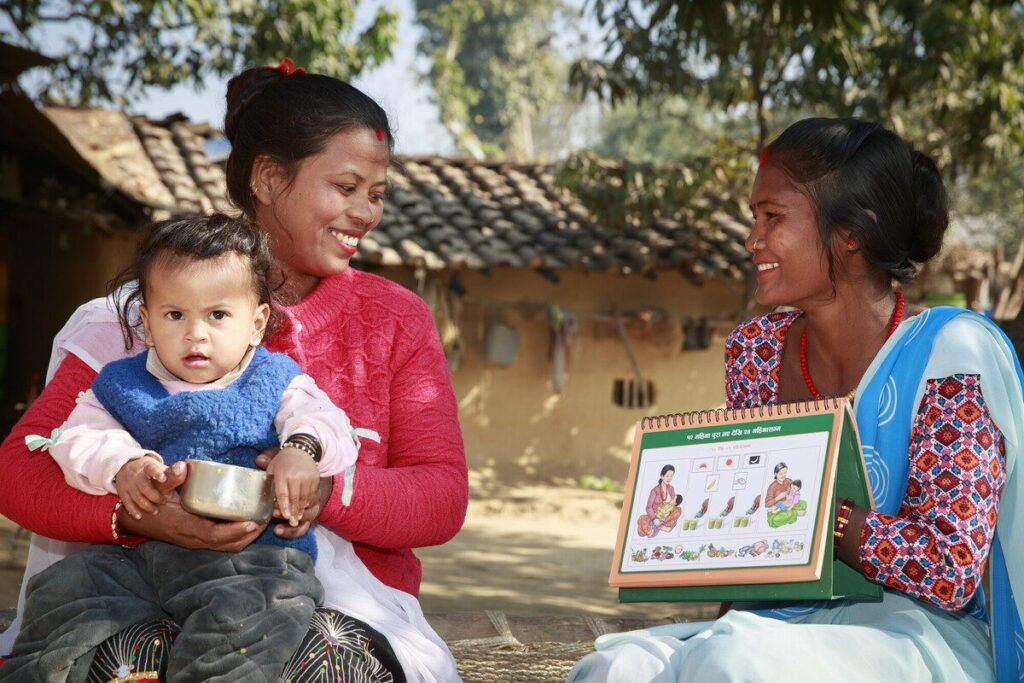
Helen Keller Intl partners with government ministries of health, communities, and other nonprofit organizations to ensure children at greatest risk are screened, diagnosed, and treated.
Our approach builds systems that ensure children are diagnosed and treated early – and close to home – by community health workers. This minimizes the time and cost of travel to families who often live far from health centers. We also train community health heros to support and educate expectant and new mothers through home and group discussions and demonstrations.
By working within existing healthcare and community systems, we lay the foundation for sustainable change, improving families’ access to the care they need for a brighter long-term future. Last year alone, we:
- Facilitated the distribution of more than 87 million vitamin A capsules to children under five.
- Screened more than 654,000 children for acute malnutrition across six countries.
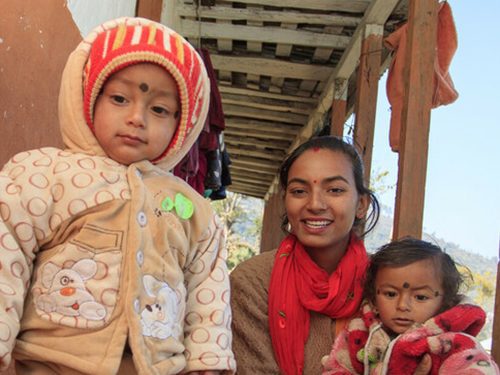
We can change the future if we respond effectively and powerfully now.

We can change the future if we respond effectively and powerfully now.

